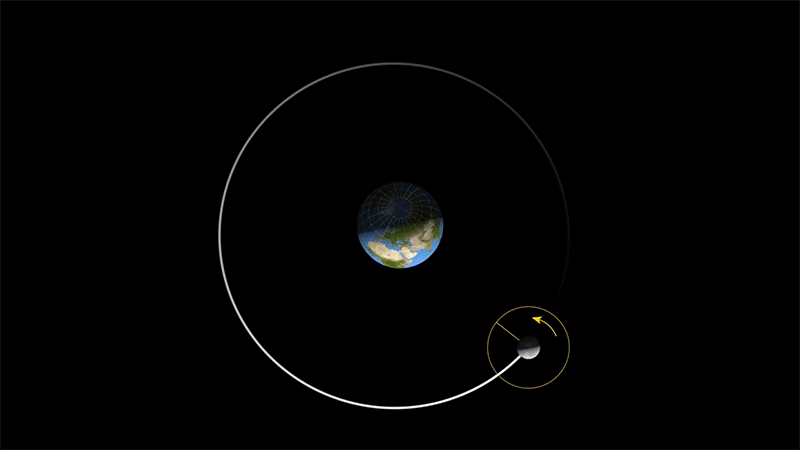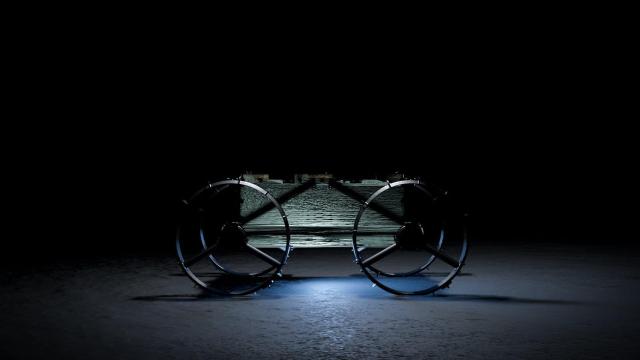Landing safely on the Moon is one thing, but surviving through the cold temperatures of the two-week lunar night a whole other challenge That’s why NASA has recently contracted Astrobotic to develop a small rover for the Moon’s nighttime environment, with battery and communications technology meant to withstand ultra-frigid temperatures.
The CubeRover would eventually fly to the Moon aboard an upcoming Astrobotic lander mission, where it will be put to the test on the lunar surface and communicate using satellites, according to Astrobotic. “This mission has the potential to usher in a new era of robust lunar robotics where instruments and payloads can survive months to even years on the Moon’s surface,” Astrobotic’s Director of Lunar Surface Systems Mike Provenzano said in a statement.
Earth spins on its axis once every 24 hours, giving us periods of day and night that last about 12 hours each (Earth’s highly tilted axis means that the poles experience more imbalanced day/night ratios). The Moon, however, takes over 27 days to rotate on its axis, giving it periods of day and night that last roughly two weeks, which we witness each month in the familiar Moon phases. Night on the Moon is frigid, as temperatures can reach under -130 Celsius (-202 Fahrenheit), according to NASA. Astrobotic is working to develop lunar night thermal systems for rovers and landers so that their batteries and electronics aren’t disabled by the extreme weather. The CubeRover will be designed to last 28 days on the lunar surface, giving it two weeks in the shadow of night.

The rover will also be built to drive long distances in the night, often travelling far from its host lander that keeps it in communication with mission control. But the CubeRover would use satellite communication relays, allowing it to extend its driving range on the Moon’s surface. “CubeRover will survive longer and drive farther than any lunar rover in its class with this flight, taking Astrobotic a major step forward in opening the Moon to sustained long-term robotic operations,” said Provenzano.
NASA is getting ready to launch Artemis 1, the first in the series of missions meant to return humans back to the Moon for a sustainable presence there. The space agency plans to land a man and a woman near the Moon’s south pole, which has low-lying areas that are permanently cloaked in darkness.
While China’s Chang’e-4 rover has survived two-week nights on the Moon’s far side, the rover is typically put in sleep mode and wakes up when sunlight returns. But NASA has no time to waste if it wants to build out a sustained presence of humans on and around the Moon as part of the Artemis Program. That’s why the agency is hoping to build a new class of rovers that can work through the long, cold nights there.
More: All Active NASA Astronauts Are Now Eligible for Future Moon Missions
